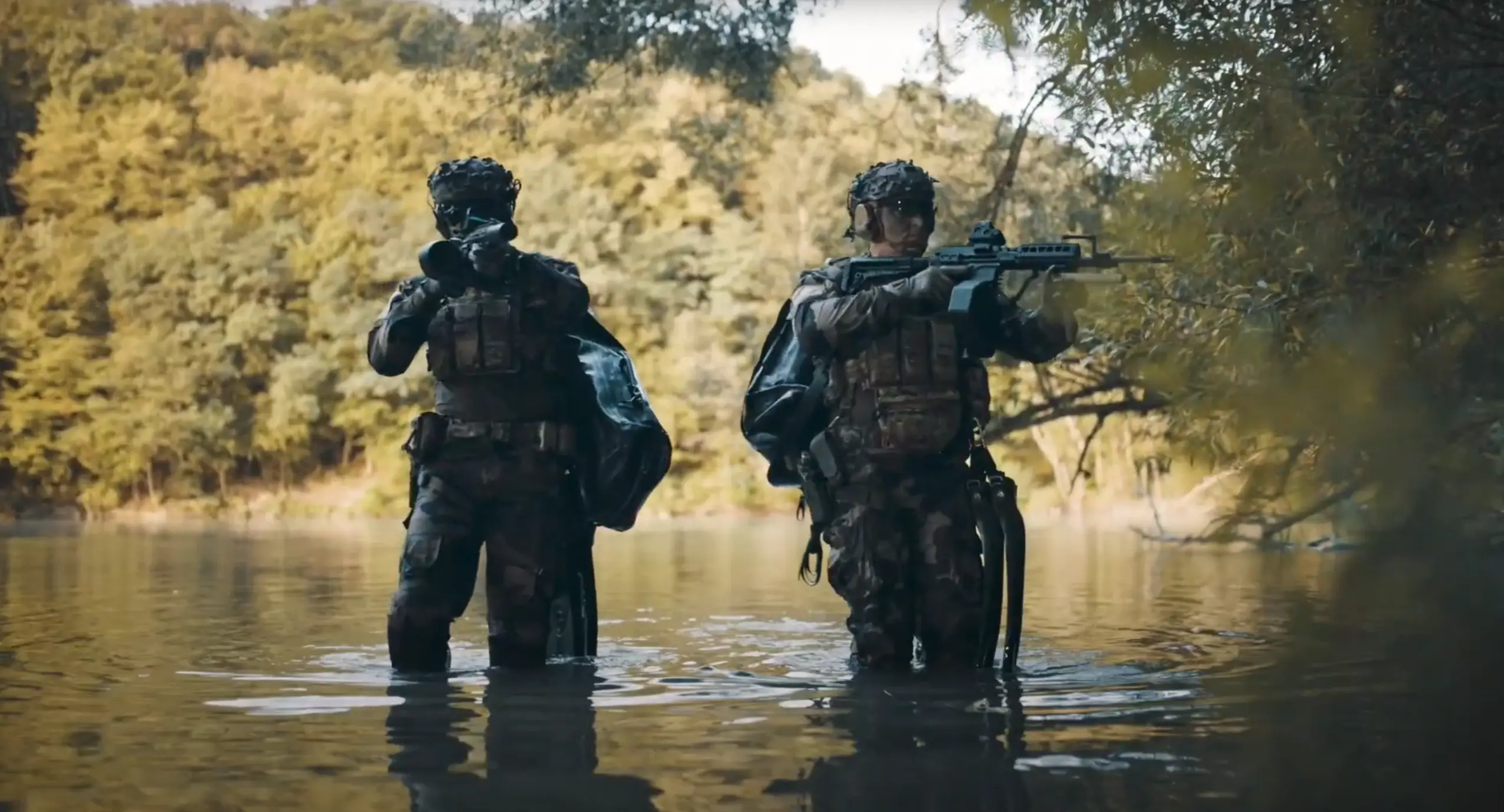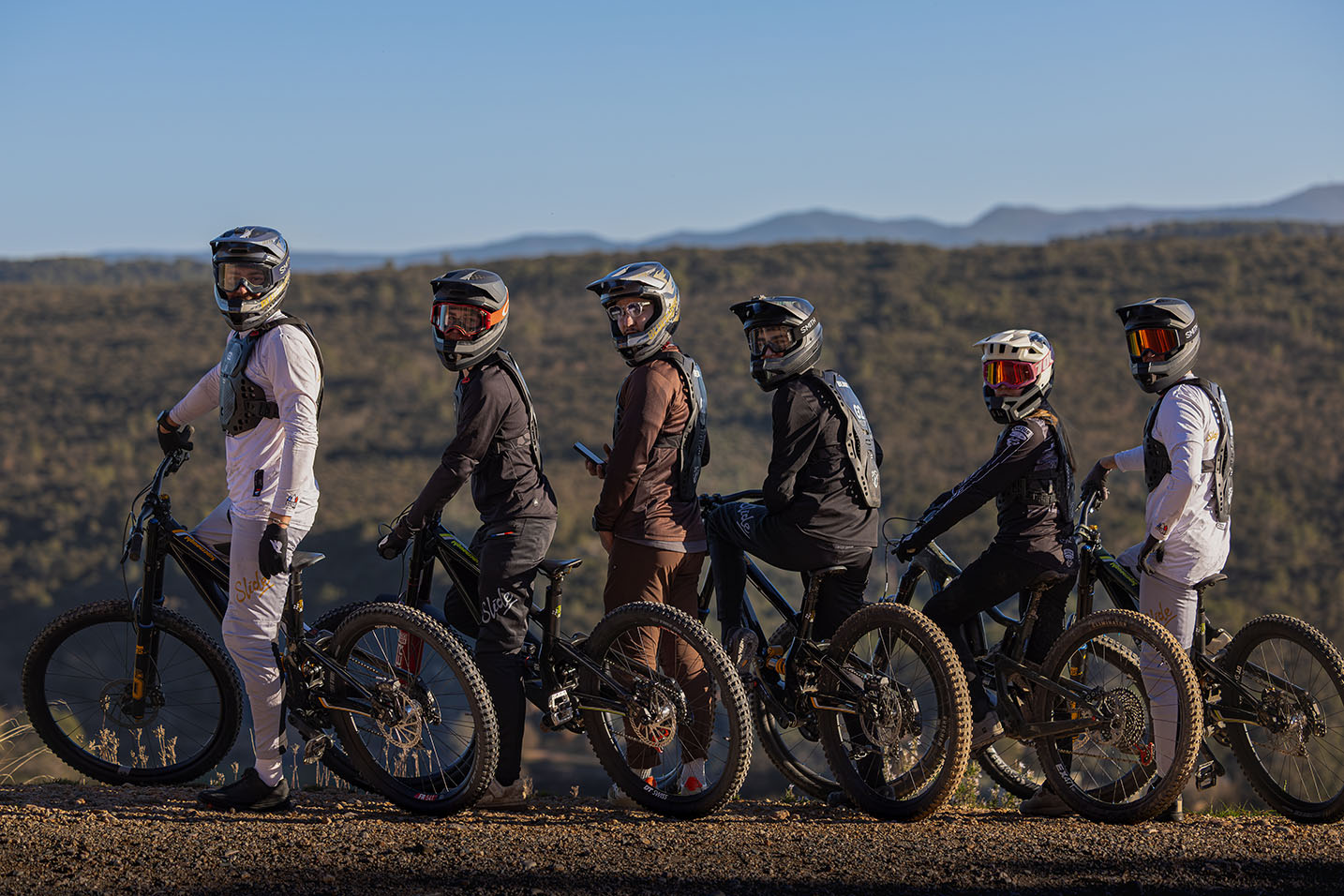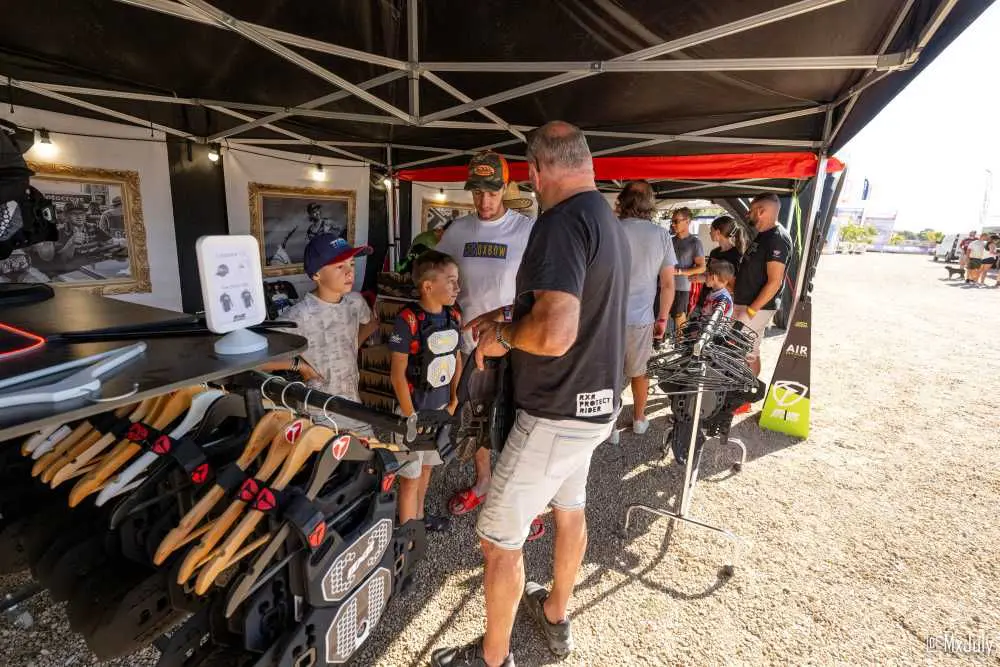
Ballistic vests, also known as body armor, are designed to protect individuals against projectiles and shrapnel. They come in different types and levels of protection, adapted to different threats and situations.
Here are the main differences between the different types of ballistic vests:
Types of ballistic vests
- Soft armor:
- Composition: Made from woven fibers such as Kevlar, Twaron, or UHMWPE (ultra-high-molecular-weight polyethylene) fibers like Dyneema.
- Protection: Mainly designed to protect against handguns and explosive shrapnel. They are classified by level of protection, often according to NIJ (National Institute of Justice) standards in the USA.
- Usage: Commonly used by law enforcement, security guards and for everyday protection where small-calibre threats are likely.
- Hard armor:
- Composition: Made from rigid ceramic, steel or reinforced polyethylene plates.
- Protection: Designed to stop high-velocity projectiles, such as those from assault rifles. They offer protection against armor-piercing ammunition.
- Use: Used by the military, special forces, and in combat situations where rifle threats are present.
- Combination vests:
- Composition: Incorporates both soft and hard materials to offer protection against a wider range of threats.
- Protection: Offer versatile protection against handguns and rifles, while maintaining a high level of comfort and flexibility.
- Use: Suitable for high-risk environments where a variety of threats are present.
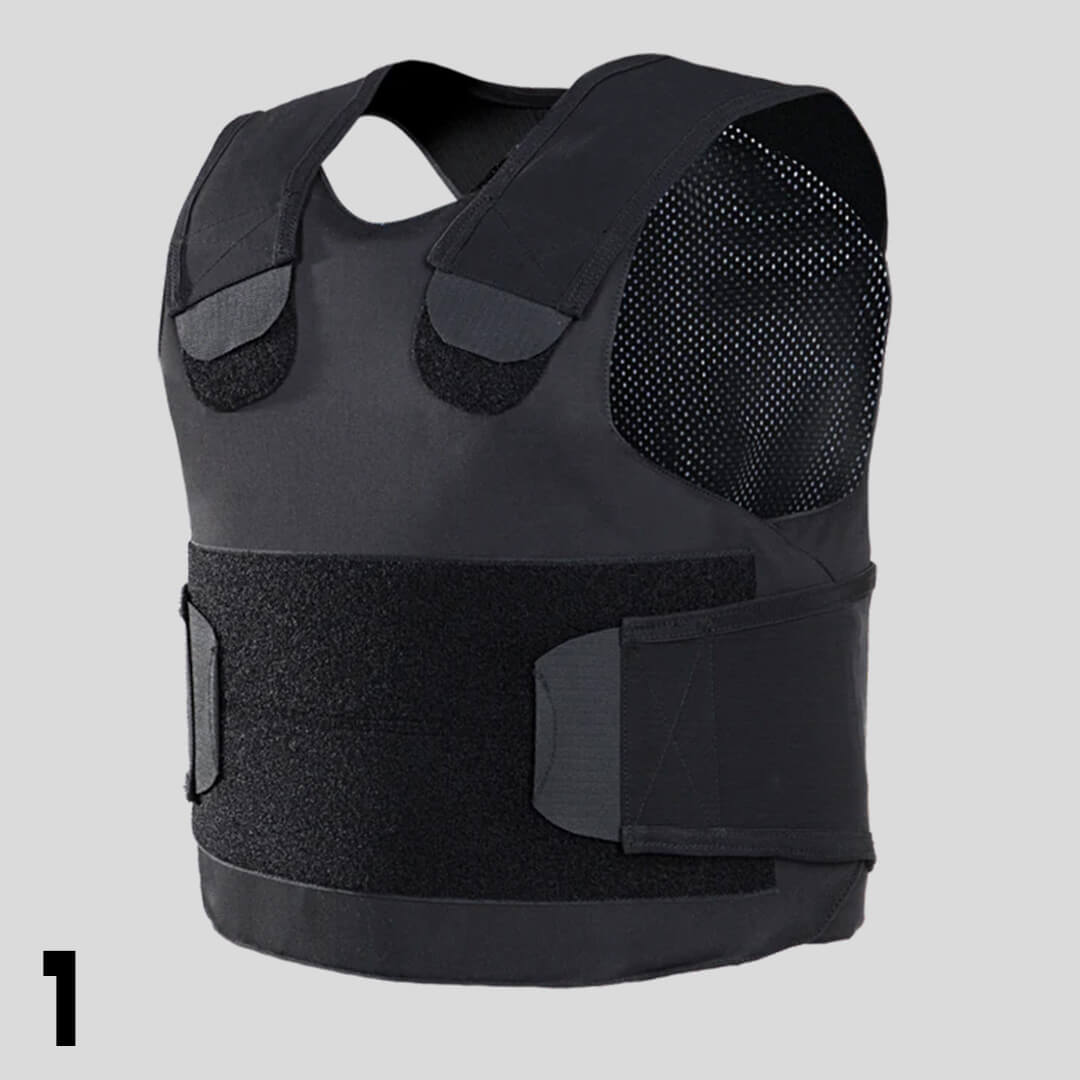
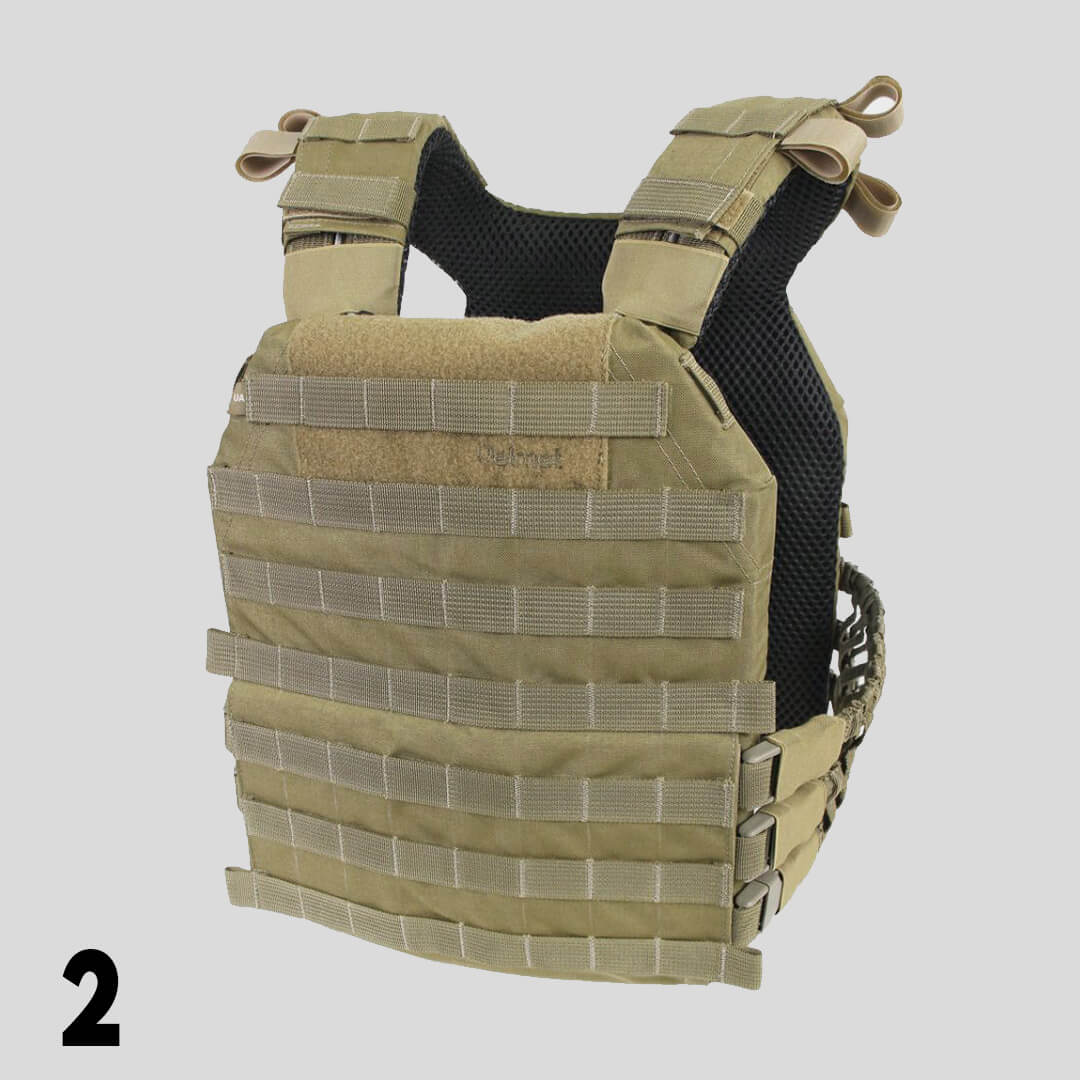

Protection levels (based on NIJ standards)
- Level II-A:
- Protection: Protects against low-power handguns, such as .22 LR and 9mm bullets.
- Use: Suitable for low-risk situations.
- Level II:
- Protection: Protects against moderate-power handguns, including .357 Magnum.
- Usage: Commonly used by police officers for protection against common threats.
- Level III-A:
- Protection: Protects against high-powered bullets fired by handguns, such as the .44 Magnum.
- Usage: Offers extended protection against more severe threats while remaining relatively lightweight.
- Level III:
- Protection: Protects against non-perforating rifle projectiles, such as 7.62mm FMJ bullets.
- Usage: Requires the use of rigid plates. Suitable for military and special forces.
- Level IV:
- Protection: Protects against armor-piercing rifle projectiles, such as 30.06 AP bullets.
- Usage: Offers the highest protection available and is used in intensive combat situations.
Other considerations
- Weight and comfort: Ballistic vests need to strike a balance between protection and comfort. Rigid vests offer more protection, but are heavier and less comfortable than soft ones.
- Coverage: Some Chest protectors offer limited torso protection, while others include shoulder, neck and groin protection.
- Durability: Ballistic vests have a limited lifespan. Soft vests can deteriorate with time and exposure to moisture, while rigid plates can be damaged by impact and should be inspected regularly.
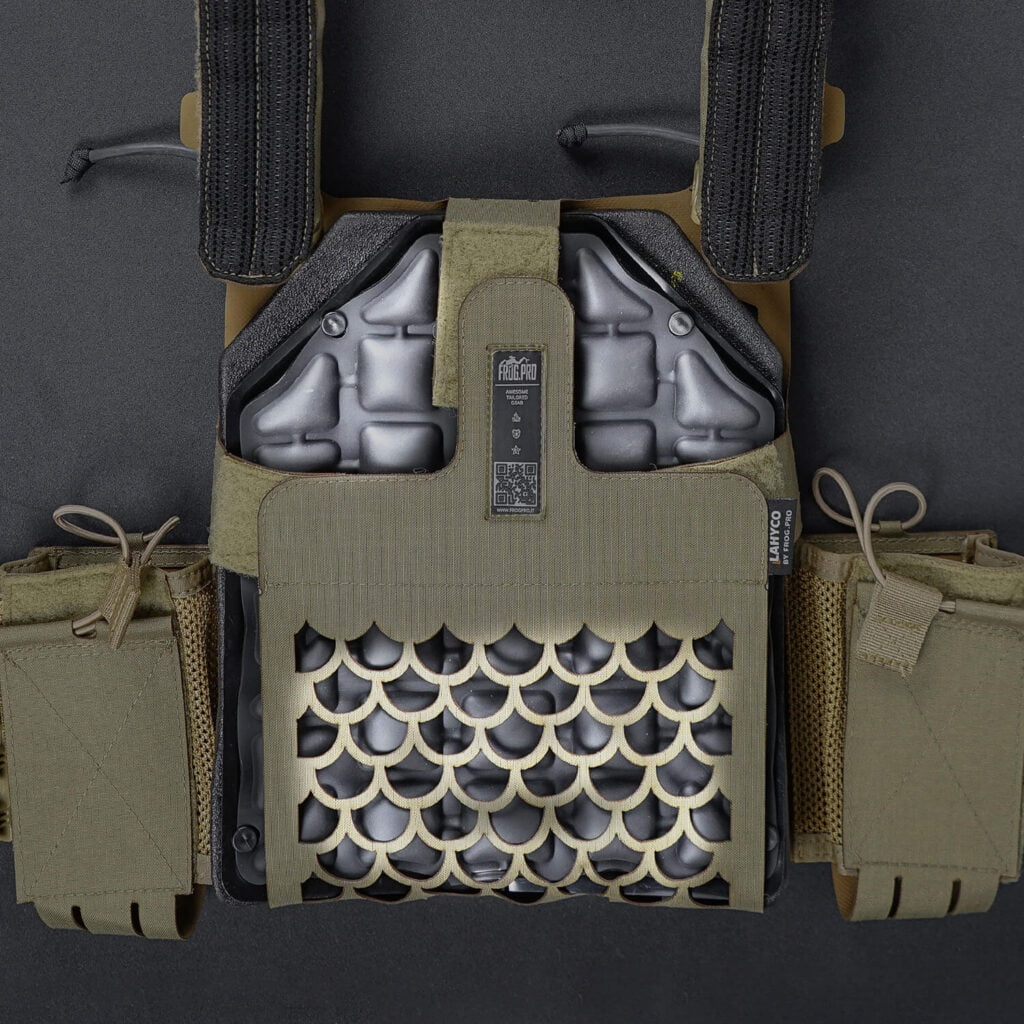
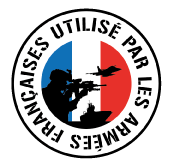
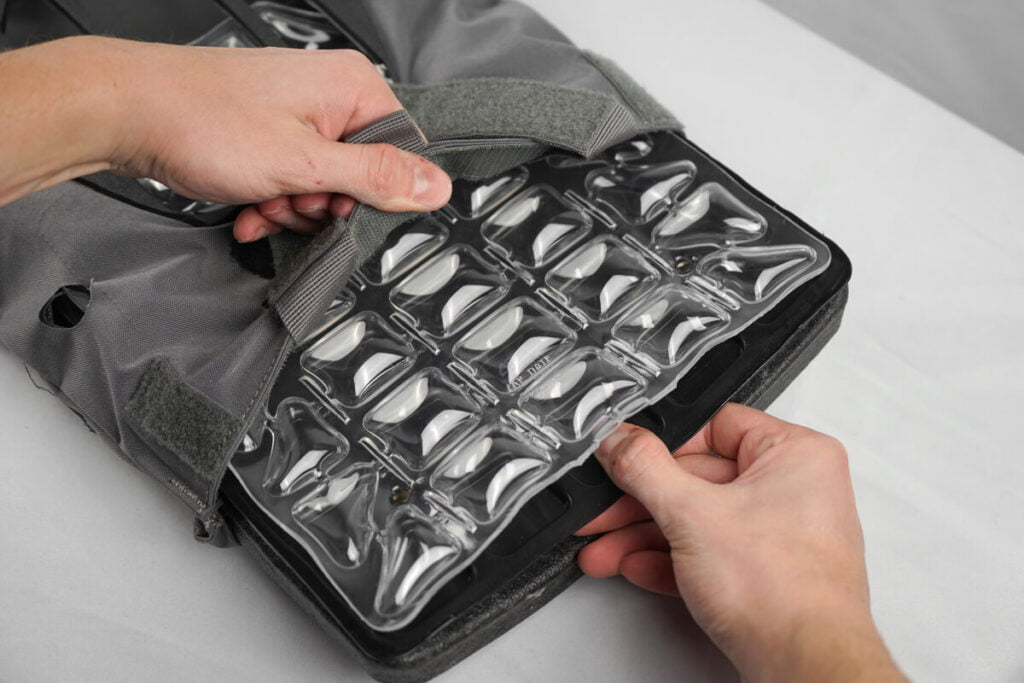
When choosing a ballistic vest, it’s essential to consider the level of threat expected, the comfort required for extended periods of wear, and the user’s specific requirements in terms of mobility and discretion.
Unfortunately, on the battlefield, this is not enough. A combatant hit by a projectile often remains wounded, in which case he won’t be able to move or will have to mobilize a team to get him out of the situation.
The major risk is that it will become less mobile and be in danger!
That’s why our anti-trauma protectors are a unique and essential complement to ballistic protection:
- Our anti-trauma protectors are adaptable to all types of ballistic vest, and improve protection against side-effects by an average of 50%.
- Our anti-trauma protectors are compatible with all performance levels, from Level II-A to Level IV.
- Thanks to their inflatable compartment, our anti-trauma protectors allow air to flow between the vest and the wearer’s body.
- Our inflatable anti-trauma protectors provide very comfortable support for any ballistic protection.
For all these reasons, our anti-trauma protectors are the only solution for optimally dissipating the side effects behind ballistic protection!

